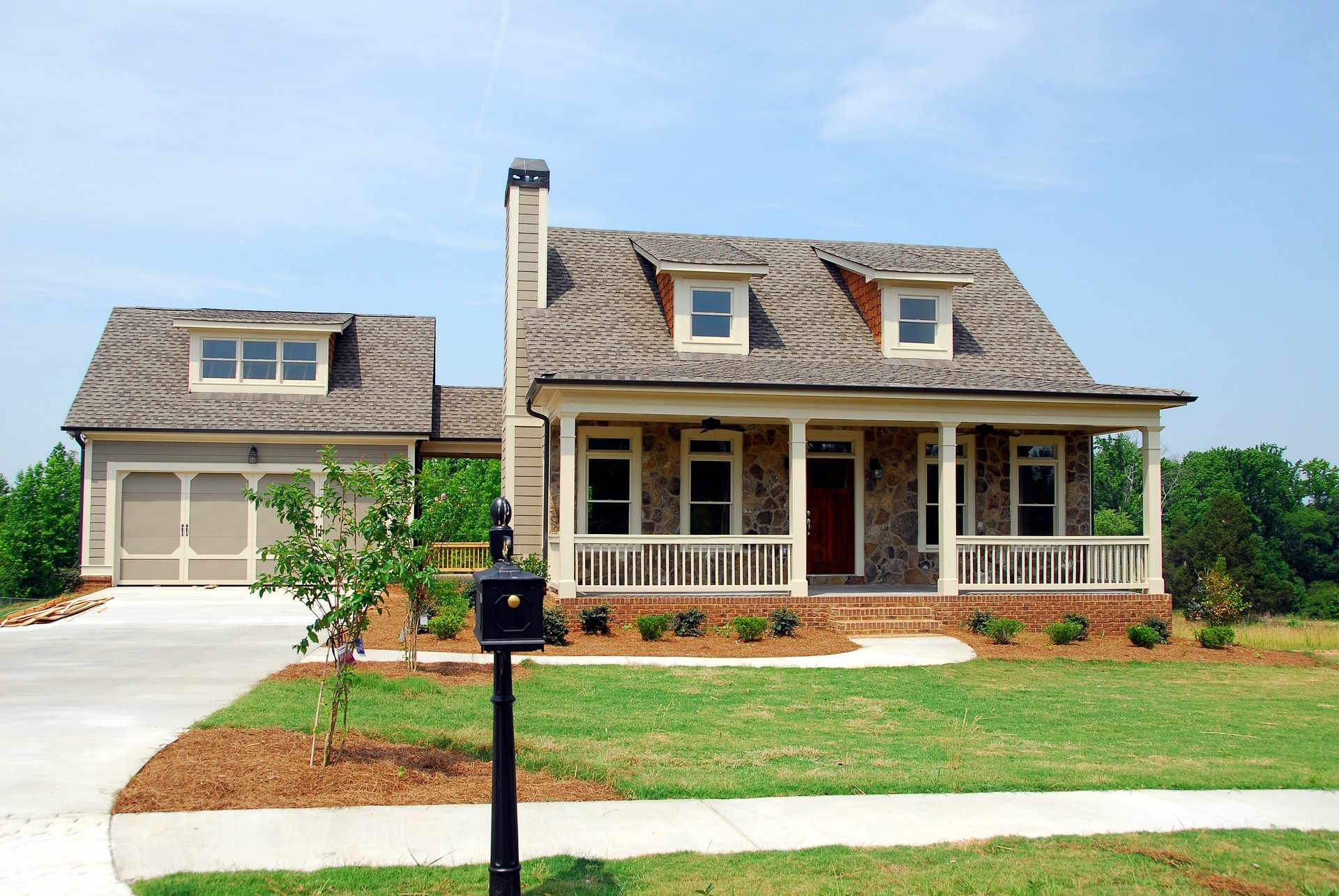Deciphering the Prospects of Micro Apartments in Today's Real Estate Landscape
Introduction: In the realm of real estate today, the tiny house movement is making waves across the globe. But, there's another trend that's catching up fast - Micro apartments. These compact urban dwellings are making a splash in the housing market, attracting a diverse range of buyers from millennials to retirees. This article delves into the world of micro apartments, exploring their historical context, current market trends, and potential for future growth.

A Brief History of Micro Apartments
Micro apartments, also known as micro flats, can be traced back to various regions globally where space is a premium. From the compact living spaces of Japan to the studio apartments of New York City, micro living has been a solution to the demand for affordable housing in dense urban locations. The concept of micro apartments gained traction in the 2010s as a response to the rising urban population and escalating housing costs.
Micro Apartments Today: Trends and Market Insights
In today’s real estate market, micro apartments are becoming increasingly popular, especially in busy metropolitan areas. The average size of new apartments in the U.S. has decreased by nearly 10% over the last decade, indicating a shift towards smaller living spaces. This trend is largely driven by millennials and Gen Z, who prioritize location and affordability over square footage.
The Appeal of Micro Apartments: Advantages and Challenges
Micro apartments offer several advantages, the most prominent being affordability. They offer a cost-effective solution for individuals seeking to live in prime city locations without breaking the bank. Moreover, they encourage a minimalist lifestyle, which aligns with the values of many modern consumers. However, the small living space can be challenging for some residents, and not all cities have zoning laws that allow for the construction of micro apartments.
The Potential Impact of the Micro Apartment Trend
The rise of micro apartments could significantly impact the real estate market. On one hand, they could alleviate housing shortages in densely populated cities. On the other hand, they could potentially drive up the price per square foot of real estate. For investors, micro apartments present a unique opportunity due to their high demand and lower construction costs.
Looking Ahead: The Future of Micro Apartments
The trend of micro apartments shows no signs of slowing down. As urban populations continue to grow and housing affordability remains a pressing issue, micro apartments are likely to play a pivotal role in the future real estate landscape. However, continued research and strategic planning will be necessary to optimize this housing solution and ensure its sustainable growth.
In conclusion, micro apartments represent a revolutionary shift in the real estate market, driven by changing consumer preferences and the need for affordable urban housing. As we look to the future, this trend is likely to shape not only the housing market but also the ways in which we live and experience city life.





